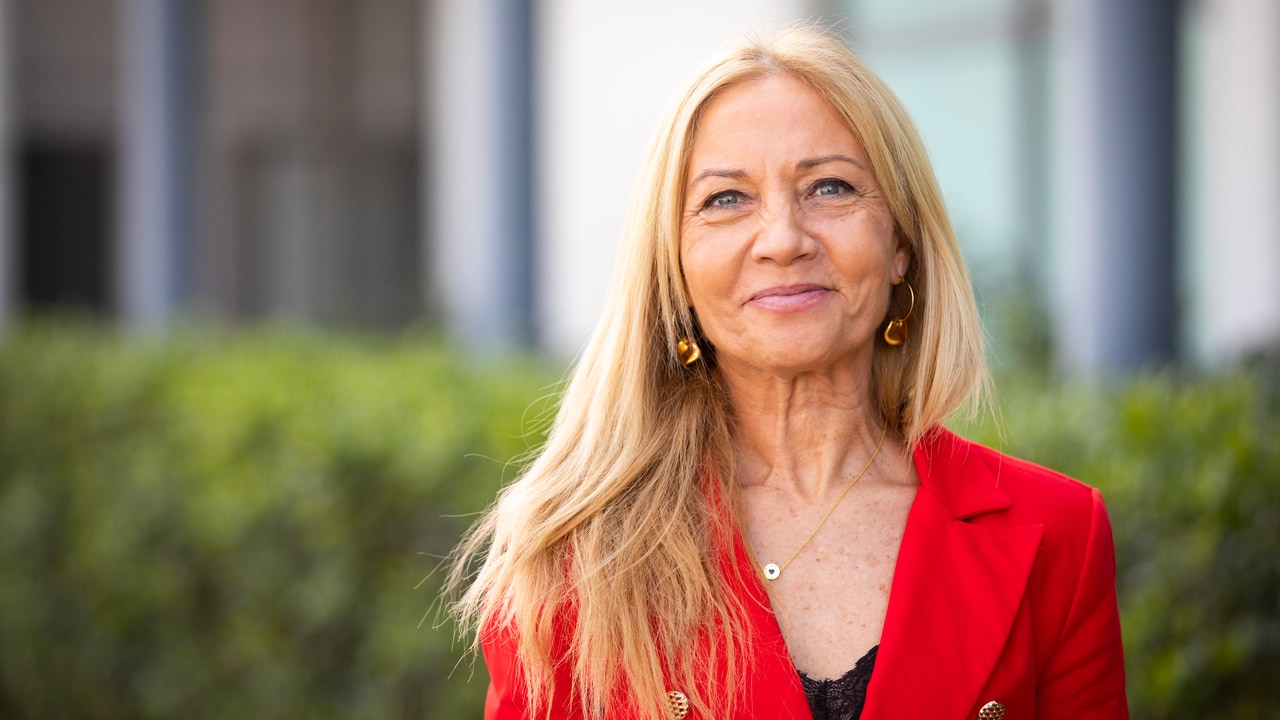Created in 2009 by the Astrophysical Institute and integrated into UNESCO, the Starlight Foundation has among its objectives, very briefly, the protection and conservation of the night skies, the dissemination of astronomy and the promotion of scientific tourism, specifically star tourism. . It has the support of the UN World Tourism Organization and the International Astronomical Union and is the entity in charge worldwide of granting the certificates that accredit the Starlight Reserves, territories that maintain intact the lighting conditions and sharpness of the night sky. , which unites its natural cultural assets, and the Starlight Tourist Destinations, which support places with a quality of sky and infrastructure ideal for practicing star tourism.
What is it about the sky that human beings have looked at and observed since the beginning of time?
The universe is like the roof of our house, the one that welcomes us and connects us with Humanity and with our origins. Man has looked at the sky trying to decipher and to ask where we come from, where we are and where we are going. He would say that the sky exerts an almost mystical magnetism, but it is also the observation of the sky that has led us to a society, which is questionable if it is better or worse, but it is the one we are in. Throughout history, the transversal element of almost all the cultures of humanity is the sky and in its observation is the origin of almost all sciences and technological and scientific development also emerges.
One of the objectives of the Starlight Foundation is the defense of the night sky and the right to starlight. Why?
Among other things, because it is at risk of extinction. 23% of the planet's surface has high light pollution, which is concentrated in cities and where 85% of the world's population lives, and it grows by around 10% every year; Therefore, it lives under light and air pollution and does not have a dark sky. Therefore, we propose that the sky be a sustainable development goal. Without the sky, we would lose the planet. And, be careful, it's not just about dark skies, it's also about calm skies.
What does that concept refer to?
Because now there are new threats. There is a forecast that there will be a huge number of satellites sent into outer space, in 2030 up to 400,000. They form constellations that make astronomical research extremely difficult. That many of them are necessary for communications, etc., yes; But, perhaps not all of them are beneficial to humanity. There is no law that regulates outer space and everyone does what they want.
Returning to the previous point, is preserving the sky also preserving the environment?
Yes. Overlighting contributes to the emission of greenhouse gases and climate change, which alter habitats. In addition, light pollution also has a significant impact on biodiversity, both flora and fauna. There are many species that need a dark sky for their conservation.
Do Starlight certifications promote star tourism, are they also a conservation tool?
Star tourism is responsible and sustainable tourism. He is an environmentally friendly tourist, who does not want the environments to change, but rather enjoy them and leave them as they are. What these tourists are looking for is to take the experience and sensations into their soul. Furthermore, astrotourism is a scientific dissemination and citizen science activity that also awakens new scientific vocations.
How beneficial is astrotourism for the territories?
It is an employment opportunity for young people and many women in rural areas, and ideal for diversifying and de-stationarizing this activity. In fact, more and more territories are betting on this model, they want to be certified and we are seeing how it grows unstoppably. If 15 or 20 years ago you had told us that the sky could be an engine of sustainable economy through tourism, we would not have believed it.
Profile
Scientist and defender of the sky
Managing director of the Starlight Foundation and the Museum of Science and Cosmos of Tenerife, Antonia Varela has a doctorate in astrophysics and a researcher at the Astrophysical Institute of the Canary Islands. She also taught for 22 years at the University of La Laguna and has always been an enthusiastic popularizer of astronomy. She feels almost like an activist in defense of the sky. She considers her time at the University for Adults and Seniors as her great school “because it forced me to get out of scientific jargon, to help people from general society understand this science.”

